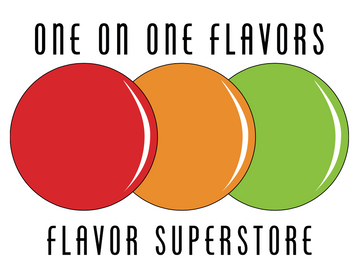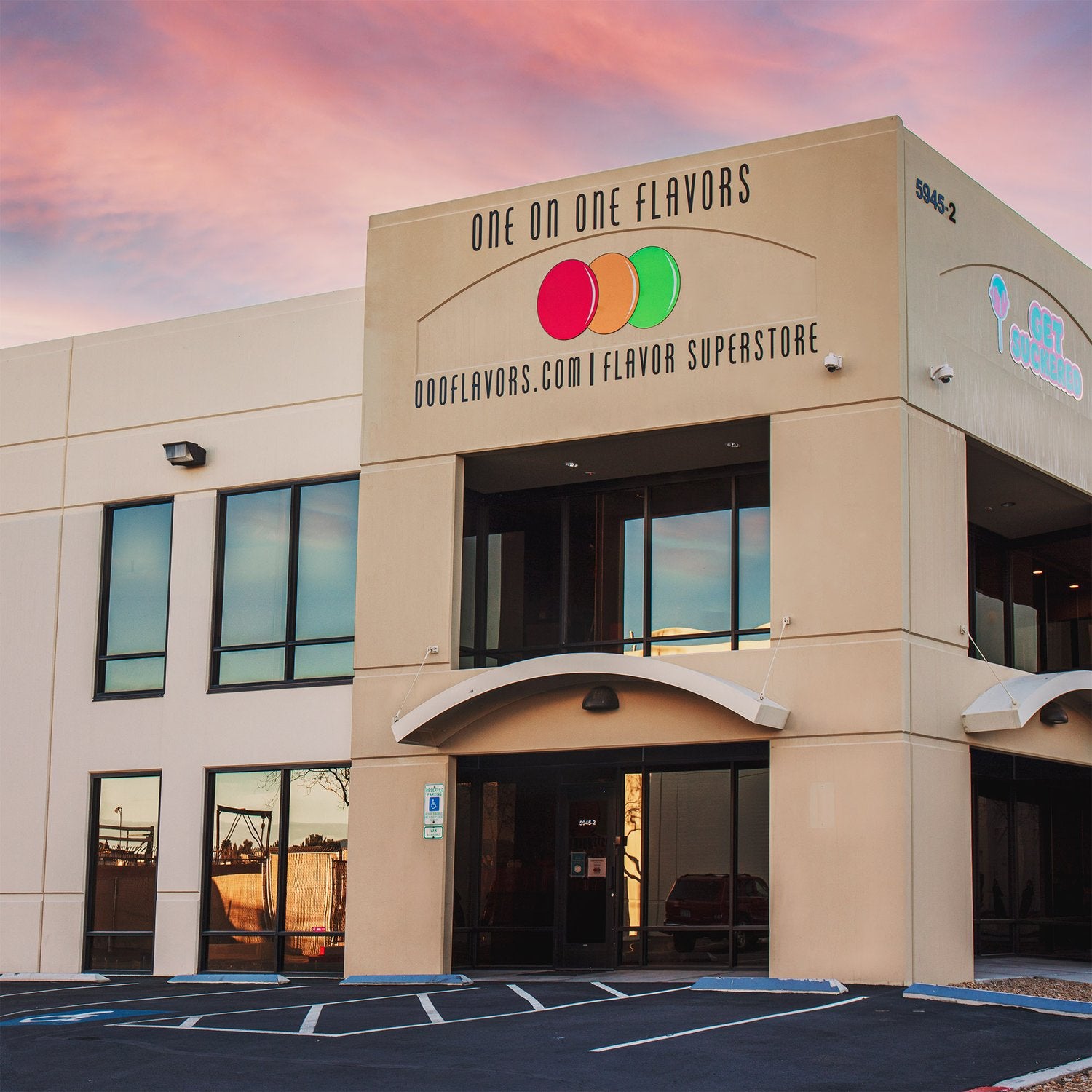When choosing a flavoring agent for baking, beverages, or cooking, you may come across both flavor extracts and flavor emulsions. While both provide concentrated taste, their composition, solubility, and best uses differ significantly.
Understanding the differences between these two flavoring types will help you determine the best choice for your recipes.
What Are Flavor Extracts?
Flavor extracts are made by steeping natural ingredients in alcohol or another solvent to extract their essence. This process pulls out the aromatic compounds from ingredients like vanilla beans, citrus peels, and nuts.
Key Characteristics of Flavor Extracts:
- Alcohol-based – Typically contains ethanol, which helps preserve the flavor.
- Moderately concentrated – Less potent than emulsions but still flavorful.
- Best for baked goods and beverages – Works well in applications where alcohol evaporates.
- Heat-sensitive – Some flavor may diminish when exposed to high heat.
Try It: Use Vanilla Bean Flavoring for classic baked goods and frostings.
What Are Flavor Emulsions?
Flavor emulsions are water-based, highly concentrated flavoring agents that use gum-based stabilizers to maintain flavor integrity. Unlike extracts, emulsions do not contain alcohol, making them more heat-resistant.
Key Characteristics of Flavor Emulsions:
- Water-based – Does not contain alcohol, making it ideal for those avoiding ethanol.
- More concentrated – Provides a stronger flavor than extracts.
- Heat-resistant – Maintains its full flavor, even when baked at high temperatures.
- Versatile – Works well in baking, frostings, and confections.
Try It: Enhance frosting and desserts with Strawberry Flavoring or Cotton Candy Flavoring.
Key Differences Between Extracts and Emulsions
| Feature | Flavor Extracts | Flavor Emulsions |
|---|---|---|
| Base | Alcohol | Water-based |
| Potency | Moderate | Highly Concentrated |
| Best Used In | Baked goods, beverages | Baking, frostings, confections |
| Heat Stability | Lower | Higher |
| Shelf Life | Long | Long |
| Solubility | Mixes well in liquids | Mixes well in high-moisture recipes |
When to Use Flavor Extracts vs. Flavor Emulsions
Use Flavor Extracts When:
✔ You need a natural, alcohol-based infusion (e.g., vanilla extract for baking).
✔ You’re making beverages, ice creams, or sauces.
✔ You’re working with a recipe that doesn’t require intense heat resistance.
Use Flavor Emulsions When:
✔ You need a more concentrated, heat-stable flavoring.
✔ You’re making frostings, cake batters, or high-heat baked goods.
✔ You want an alcohol-free option for dietary or religious reasons.
Why Choose OOOFlavors for Flavoring Needs?
OOOFlavors offers a wide selection of sugar-free, highly concentrated flavors designed for various applications.
✔ Alcohol-Free and Heat-Stable – Perfect for baking, frostings, and candies.
✔ Highly Potent – A little goes a long way.
✔ Versatile – Available in both extracts and emulsions for every recipe need.
Explore the full collection of OOOFlavors flavor concentrates to find the perfect match for your next culinary creation.

